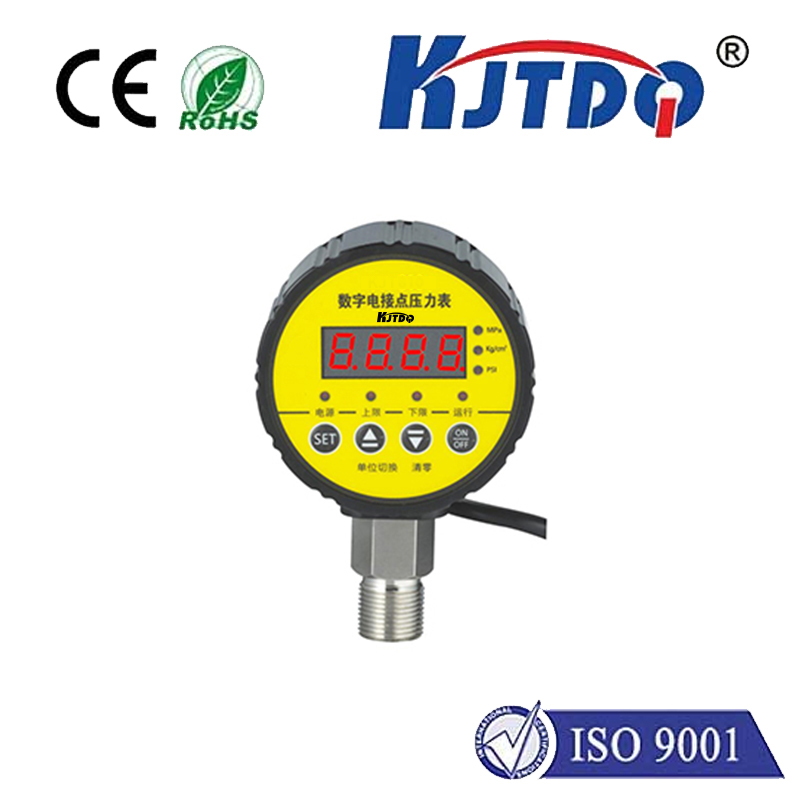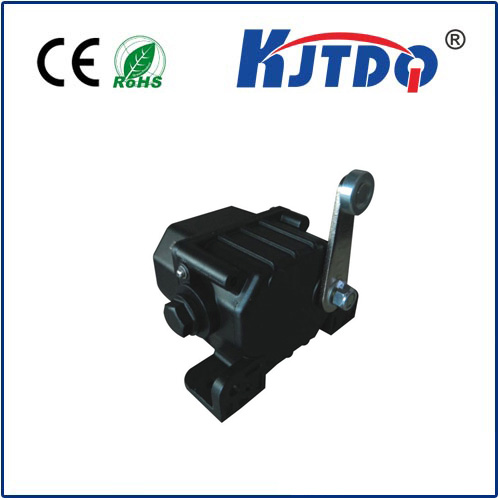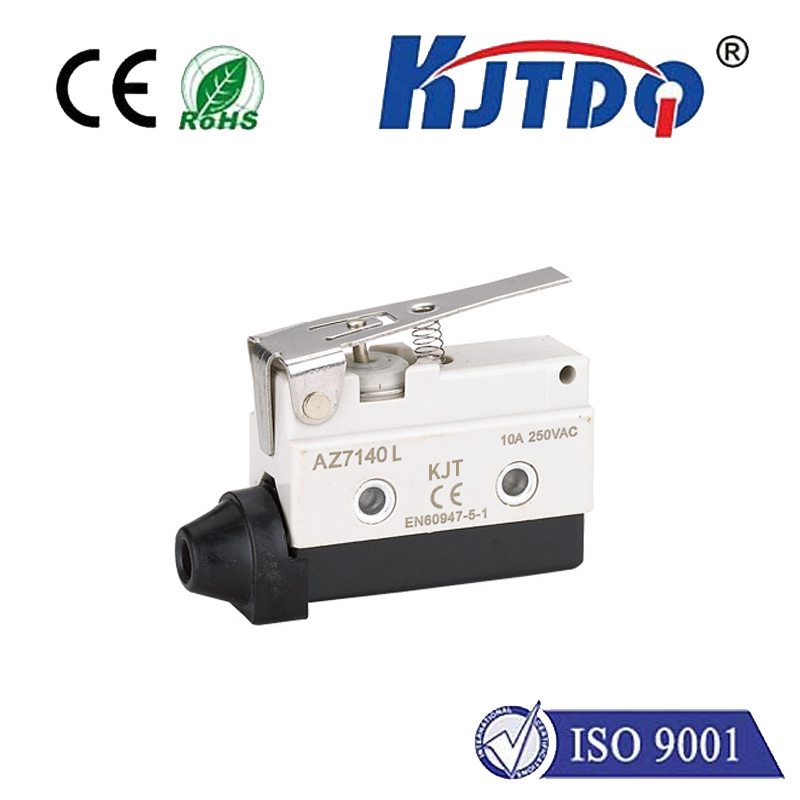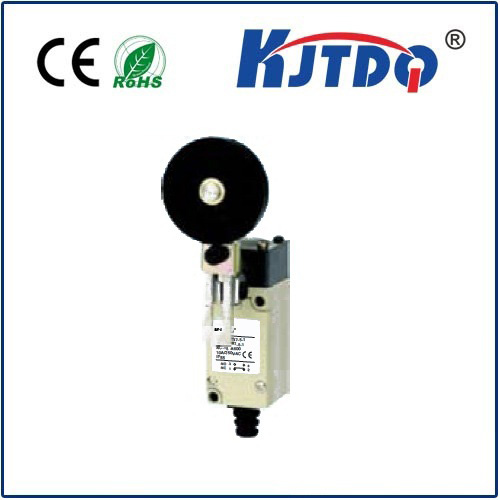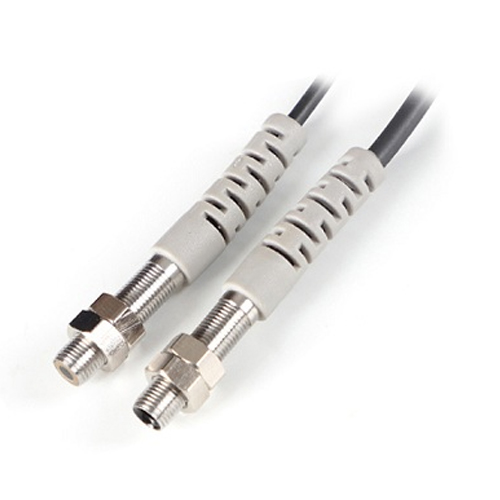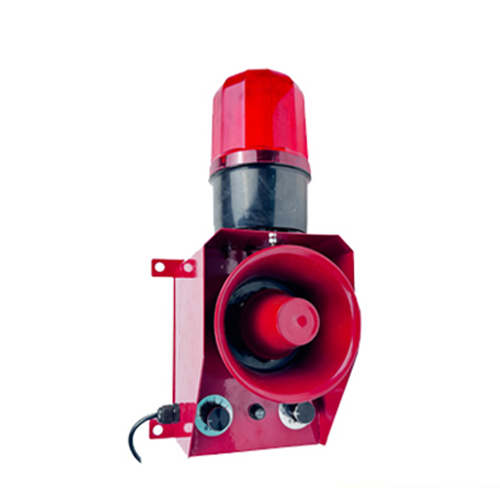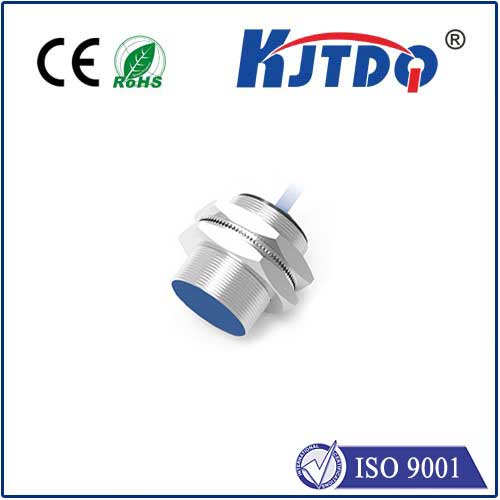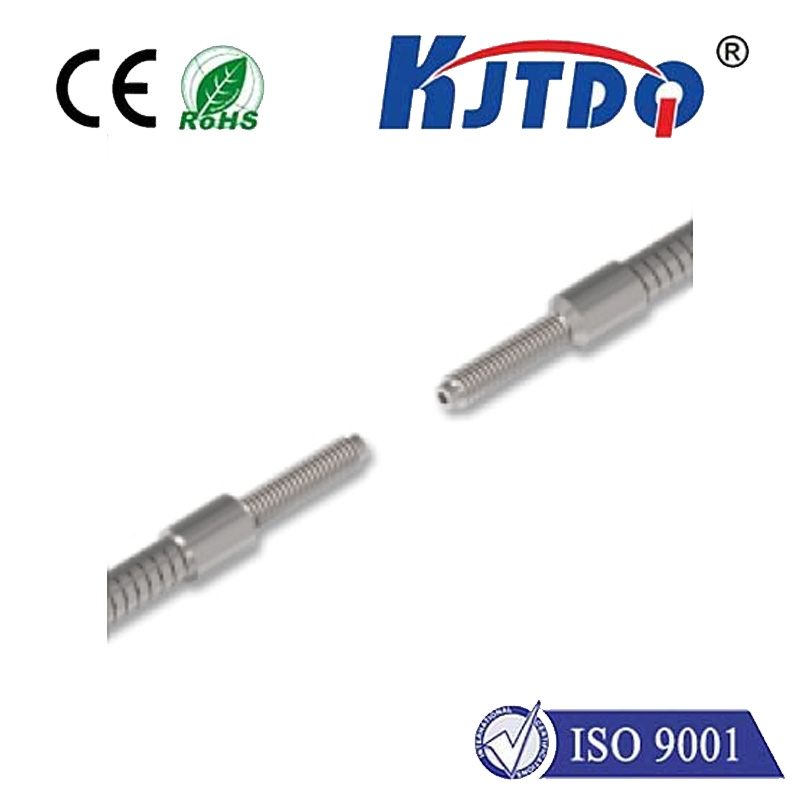отражательный фотодатчик
- time:2025-07-24 00:46:03
- Нажмите:0
The Unseen Guardian: How Reflective Photoelectric Sensors Detect, Control, and Protect
Ever wondered how an automatic door knows to slide open just as you approach, or how a vending machine dispenses your precise selection? Often working silently behind the scenes, the отражательный фотодатчик is a fundamental technology enabling countless detection and automation tasks across diverse industries. Understanding its operation and capabilities is key to appreciating its widespread impact.
Understanding the Core Principle: Light, Reflection, and Detection
Unlike other photoelectric sensor variants (like through-beam or diffuse), a reflective photoelectric sensor cleverly houses both the light emitter (typically an infrared LED) and the light receiver (a phototransistor or photodiode) within a single, compact housing. Here’s the elegant simplicity:
- Emission: The sensor emits a beam of infrared light (though visible light or laser light variants exist).
- Reflection: This emitted beam travels outward and strikes an object within its detection range.
- Reception: Provided the object reflects enough light back towards the sensor (depending on its surface properties, size, and distance), the light receiver detects this returned signal.
- Output Switching: The sensor’s internal circuitry continuously monitors the strength of the returned signal. When this signal meets or exceeds a predetermined threshold (indicating an object is present), the sensor triggers its output. This output is typically a simple on/off (digital) signal that can control other machinery – turning on a conveyor, stopping a process, or counting an item. When the object moves away and the reflected signal drops below the threshold, the output signal switches off.
Key Advantages Driving Popularity: Why Choose Reflective?

Reflective sensors offer a compelling blend of features that make them a go-to solution:
- Simplified Installation: The single-unit design is arguably their biggest advantage. You only need to mount and wire one device, unlike through-beam sensors which require precise alignment of separate emitter and receiver units across a distance. This drastically simplifies setup, reduces installation time, and minimizes potential alignment issues.
- Space Efficiency: Their compact size allows installation in tight spaces where accommodating two separate units for a through-beam setup would be impossible or impractical.
- Cost-Effectiveness: Generally, purchasing and installing one sensor is more economical than purchasing and installing two separate units (emitter and receiver) required for through-beam sensors.
- Medium Range Detection: They effectively bridge the gap between short-range diffuse sensors and long-range through-beam sensors, offering reliable detection at practical working distances for many applications (typically centimeters up to several meters, depending on model and object reflectivity).
Navigating Limitations: Understanding the Boundaries
While highly versatile, reflective sensors have inherent characteristics to consider to ensure optimal application:
- Surface Reflectivity Dependence: Performance is intrinsically linked to how well the target object reflects light. Highly reflective surfaces (like mirrors, white plastic, or metal) generally yield excellent performance and longer detection ranges. Conversely, very dark, matte, or absorbent surfaces (like black rubber, matte cardboard, or fabric) reflect minimal light back to the receiver. This can severely limit the effective sensing distance or even prevent reliable detection for very poor reflectors. Understanding the target’s properties is crucial.
- Background Interference: The sensor relies on detecting reflected light from its emitter. If highly reflective background objects exist beyond the intended target, they might also reflect enough light to trigger the sensor accidentally, causing a “false positive.” Careful mounting orientation and distance settings help mitigate this.
- Environmental Factors: Dust, dirt, fog, or heavy condensation on the sensor’s optical window can scatter or absorb the emitted and reflected light, reducing signal strength and reliability. Certain models feature designs resistant to these conditions, or housings with air jets to keep the lens clean.
- Color Sensitivity: While less sensitive to color differences than diffuse sensors (which rely on light remission), significant variations in reflectivity (like detecting pure white vs. pure black objects passing by) can still cause challenges if the reflectivity difference pushes the signal below the detection threshold for the dark object.
Where the Beam Meets Reality: Common Applications
The отражательный фотодатчик finds its place almost everywhere automation and detection are needed:
- Object Detection/Presence: Verifying parts are present on an assembly line, detecting bottles on a filling line, confirming labels are applied, or sensing pallets at a loading station.
- Counting: Accurately counting items passing a point on a conveyor belt (boxes, bottles, packages).
- Position Verification: Ensuring a robotic arm has picked up a part, confirming a door or lid is closed.
- Web/Cable Break Detection: Monitoring thin materials (paper, foil, wire) for breaks; a break means no reflection detected.
- Level Detection: Detecting the presence or absence of material at a certain level in bins or hoppers (e.g., detecting when a transparent bottle is full based on liquid level reflecting the beam).
- Vending Machines: Detecting product dispensing and verifying correct selection delivery.
- Security Systems: Used in some intrusion detection systems where breaking an unseen beam (reflected off a reflector) triggers an alarm.
- Printing & Packaging: Register mark detection for precise printing alignment, verifying flaps are closed on boxes.
The Retro-Reflective Variant: Enhanced Performance for Specific Needs
A critical sub-type is the retro-reflective photoelectric sensor. Instead of relying solely on the target object’s reflectivity, it works in conjunction with a specialized retro-reflector. This reflector, often made with prismatic materials like corner-cube reflectors or specialized tape, has the unique property of reflecting light directly back to its source along the exact same path it came from, regardless of the angle of incidence.
- Mechanism: The emitter sends a beam to the retro-reflector, which efficiently bounces it straight back to the receiver within the sensor housing. An object passing between the sensor and the reflector interrupts this beam, causing the receiver signal to drop significantly, triggering the output.
- Advantages Over Standard Reflective:
- Vastly Improved Range: Retro-reflective sensors offer significantly longer sensing ranges compared to standard reflective sensors relying on object reflectivity. Ranges can extend tens of meters.
- Consistent Signal: Provides a strong, consistent return signal when uninterrupted, making detection highly reliable.
- Less Sensitive to Target Properties: Since detection relies on beam interruption rather than target reflection characteristics, these sensors can reliably detect objects regardless of their color, surface finish, or material (including transparent or dark objects), as long as the object physically breaks the beam.
- Reduced False Triggers: Less prone to false triggers from shiny background objects compared to standard reflective sensors.
- Limitations: Requires mounting both the sensor unit and a separate retro-reflector, demanding careful alignment. The retro-reflector must be kept clean for optimal performance. Shiny targets passing between the sensor and reflector can sometimes “fool” the receiver by reflecting sufficient light to maintain the signal, preventing detection (though polarized filters on sensor and reflector often solve this).
Choosing Wisely: Reflective vs. Retro-Reflective vs. Other Types
Selecting the right sensor involves understanding the application specifics:
- Standard Reflective: Best for detecting reflective objects at moderate ranges where single-unit simplicity and cost are priorities, and background interference can be controlled.
- Retro-Reflective: Ideal for long-range detection, detecting transparent/dark/non-reflective objects, and applications demanding high reliability through beam interruption. Requires mounting a reflector.
- Diffuse (Proximity): Suitable for very short-range detection where the target is the reflector. Affected by target color/surface.
- Through-Beam: Offers the longest possible range and highest immunity to target color/surface and environmental factors. Requires mounting

